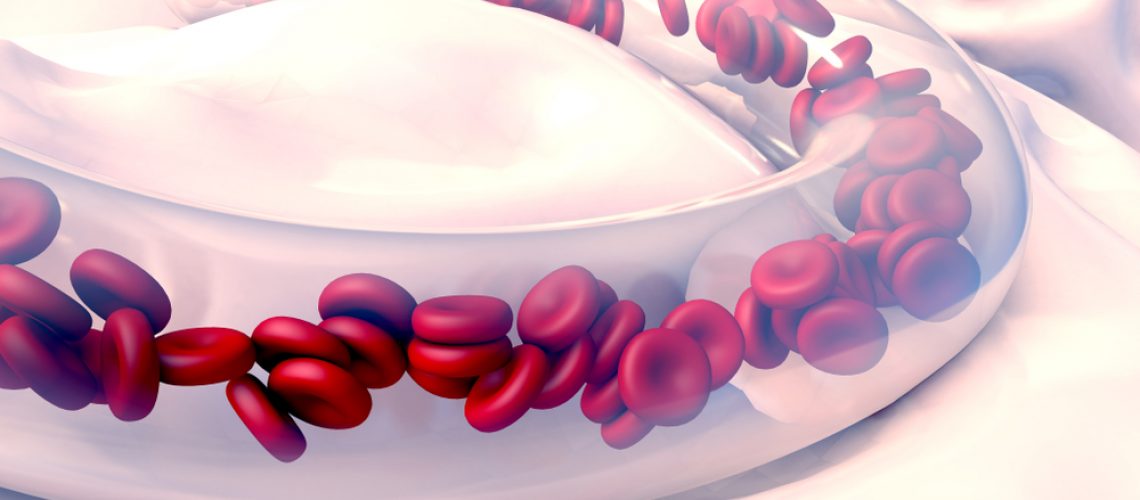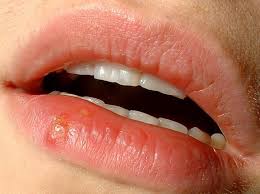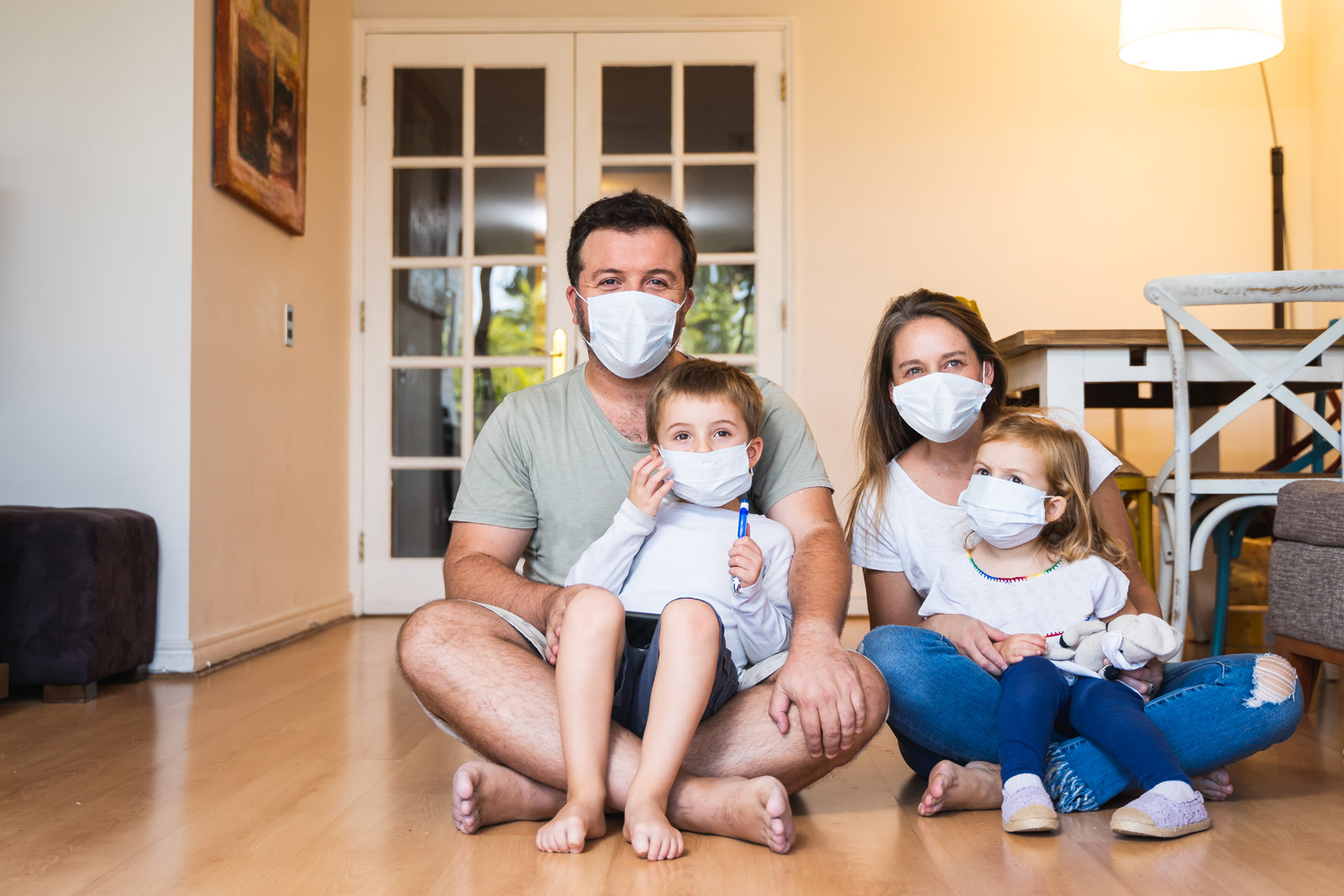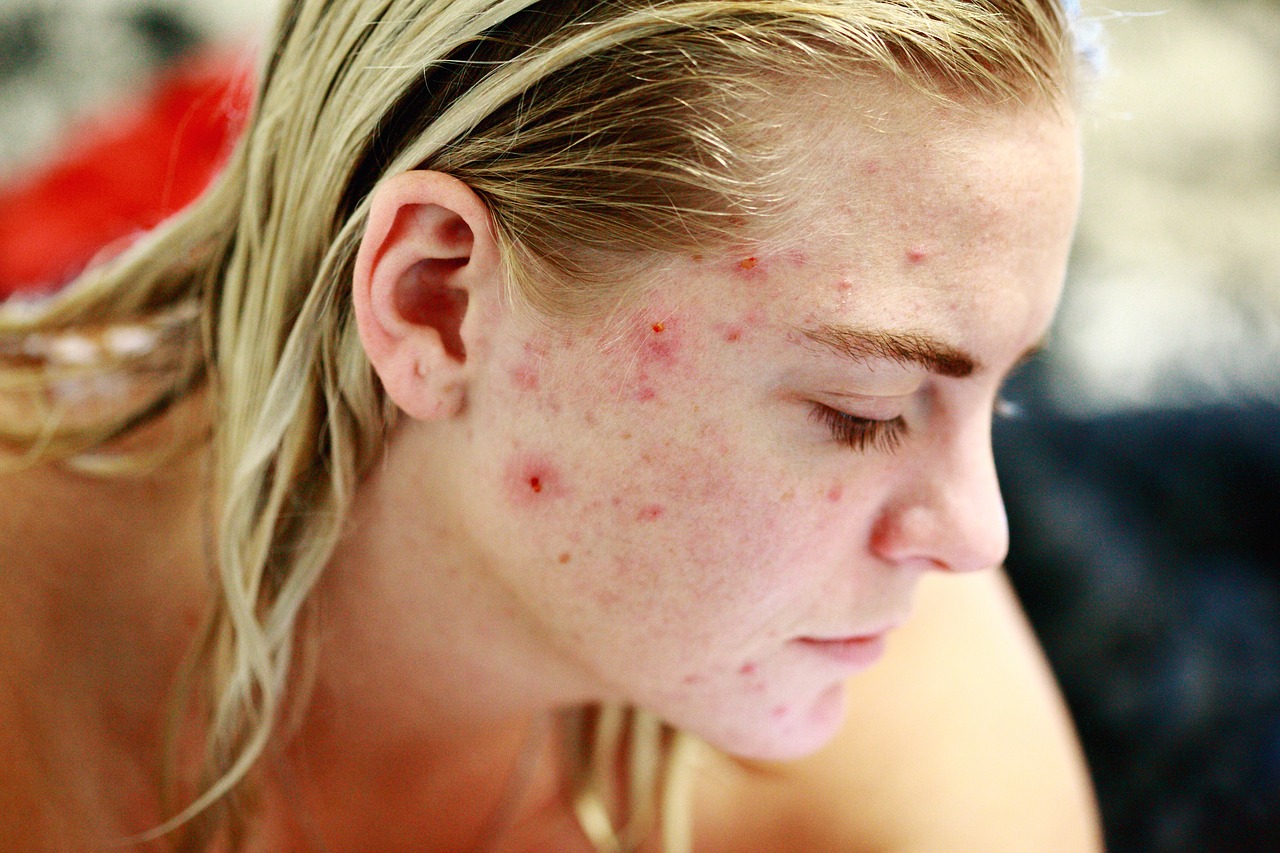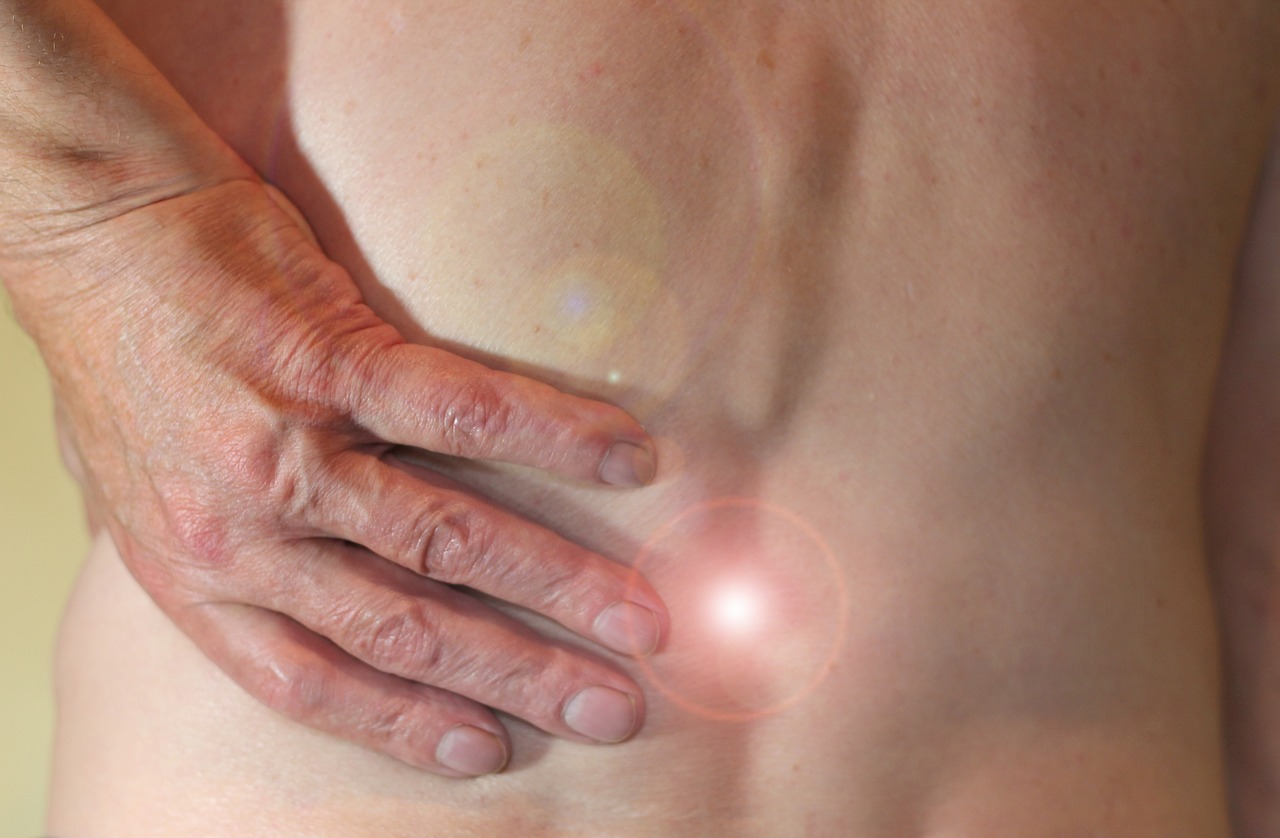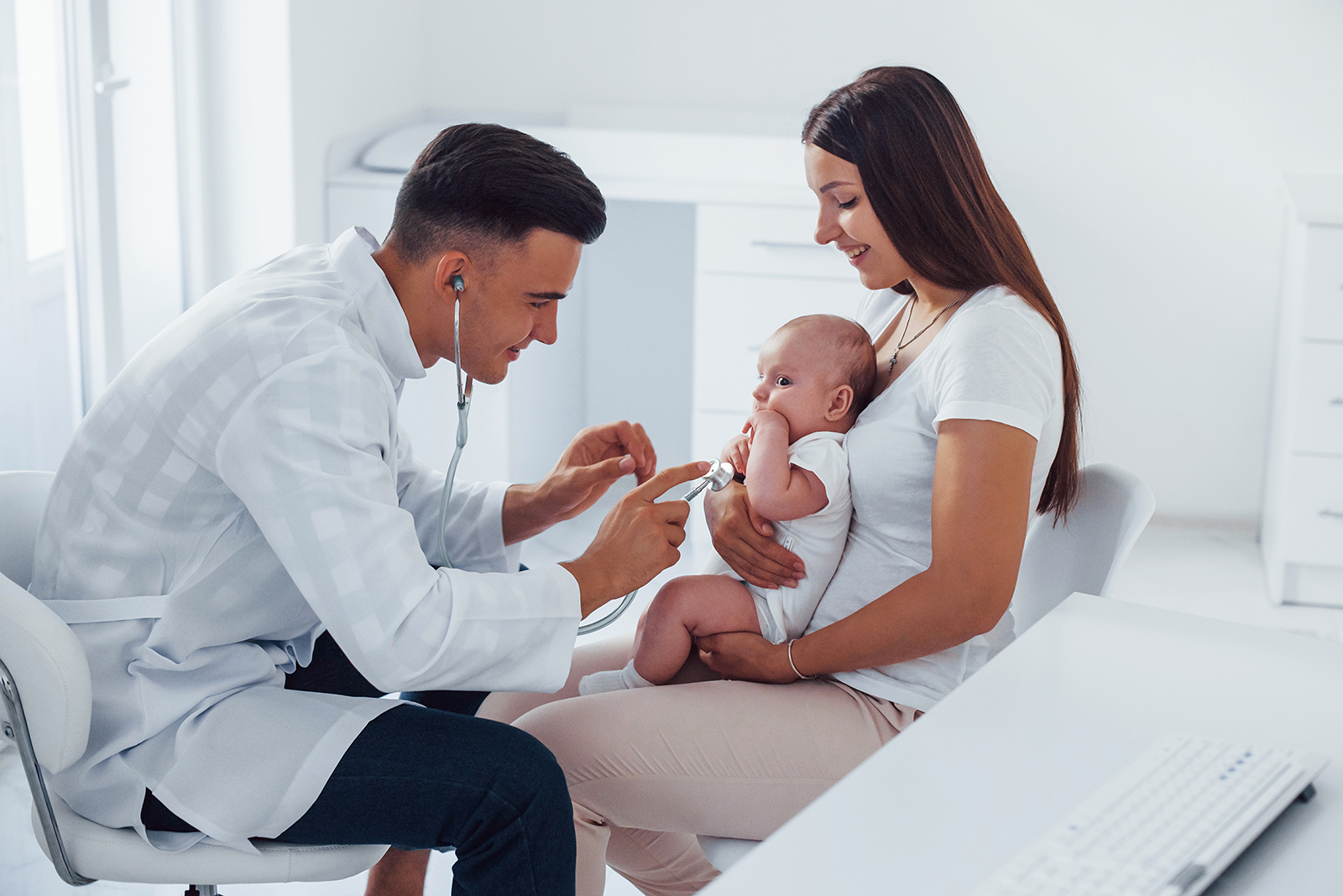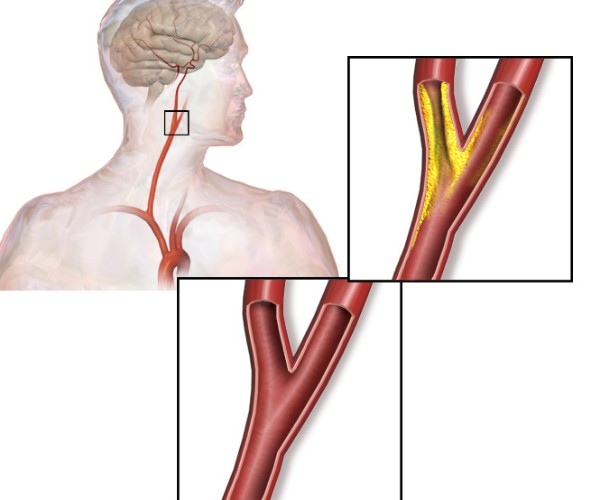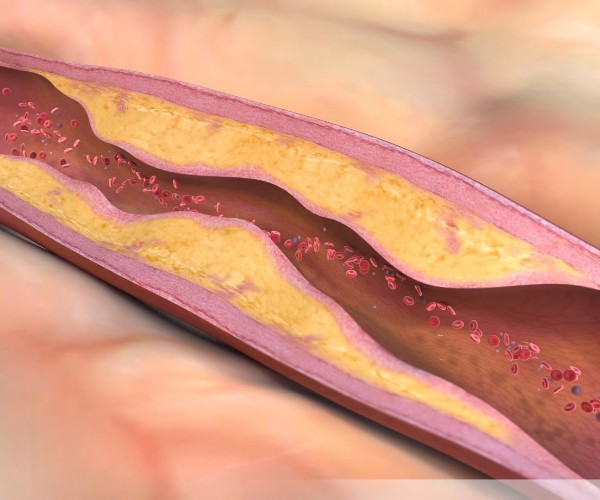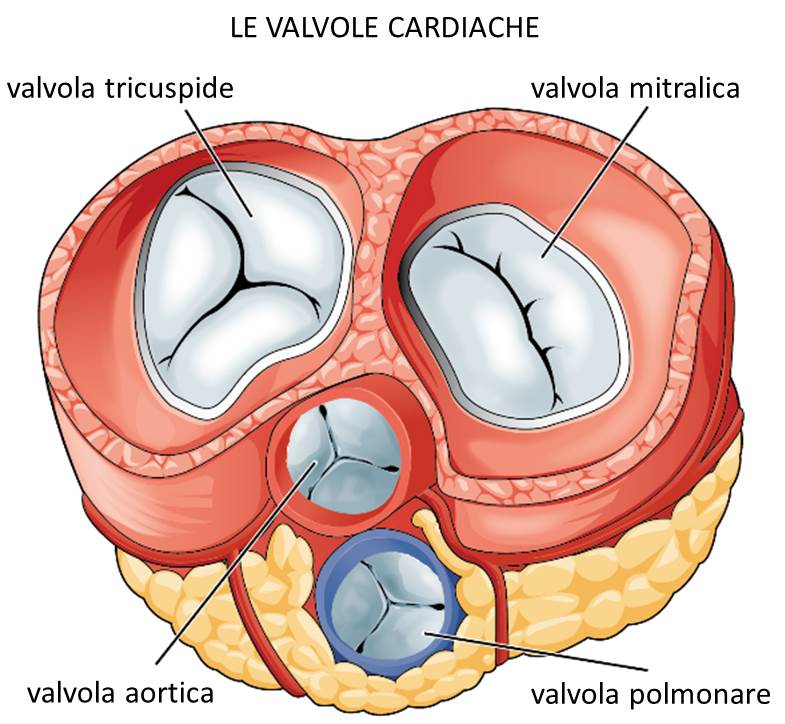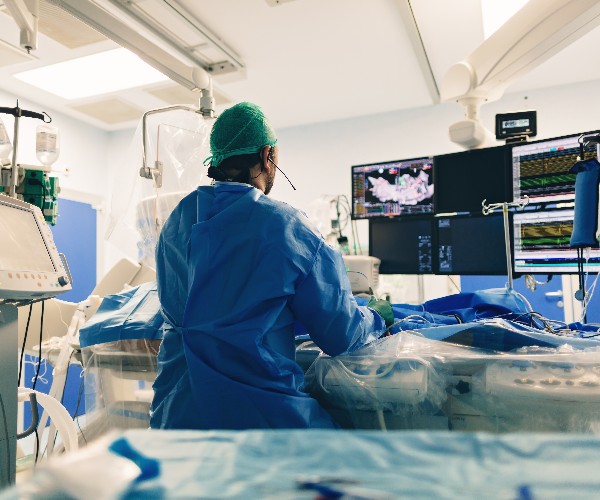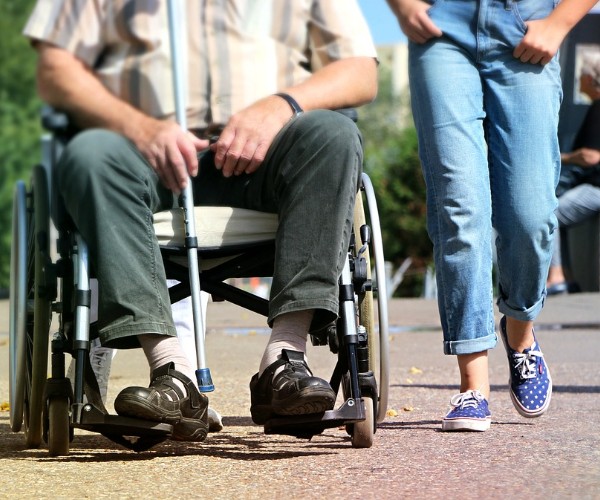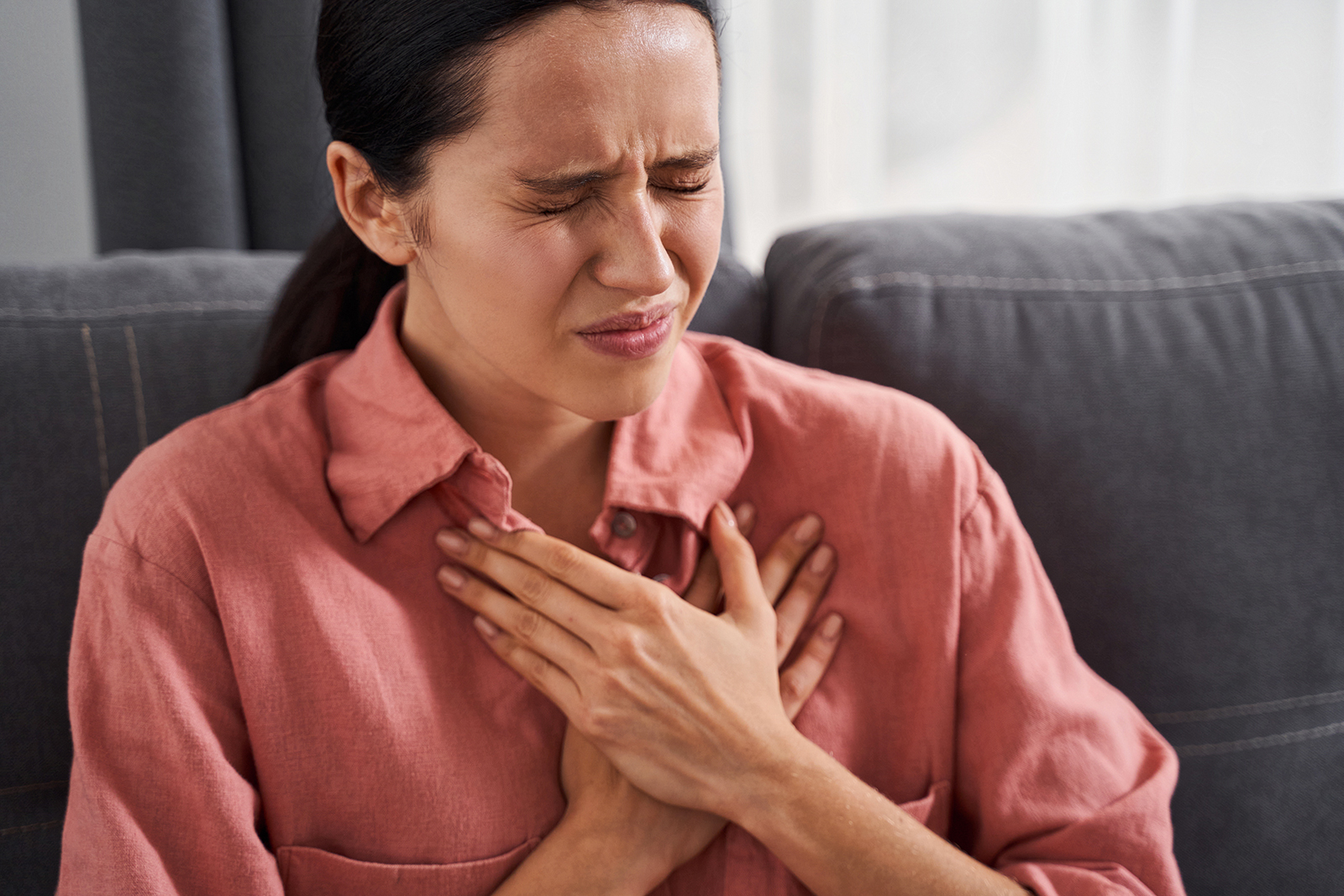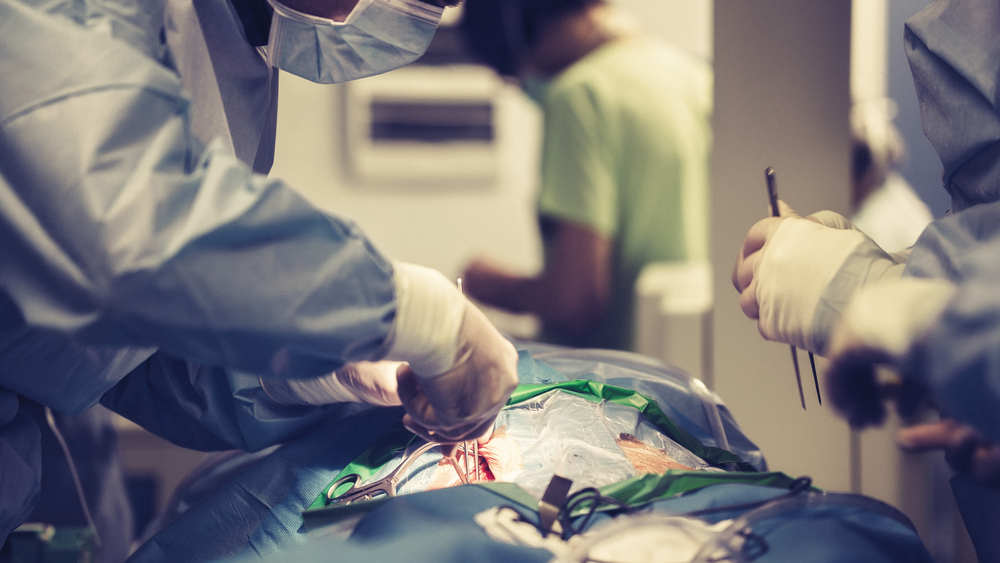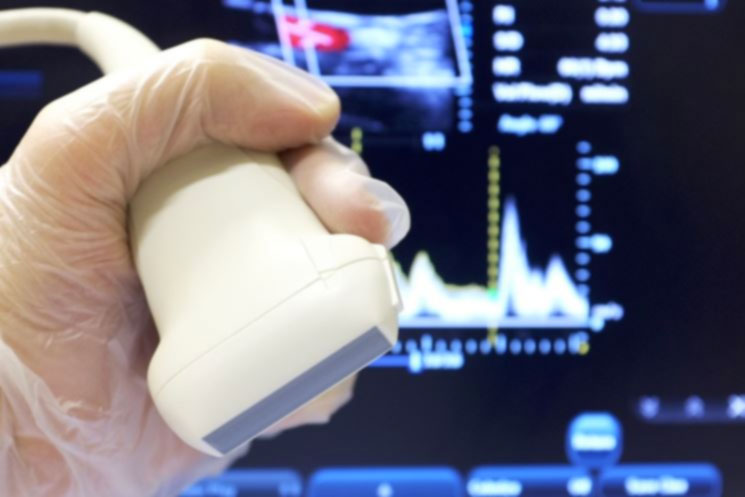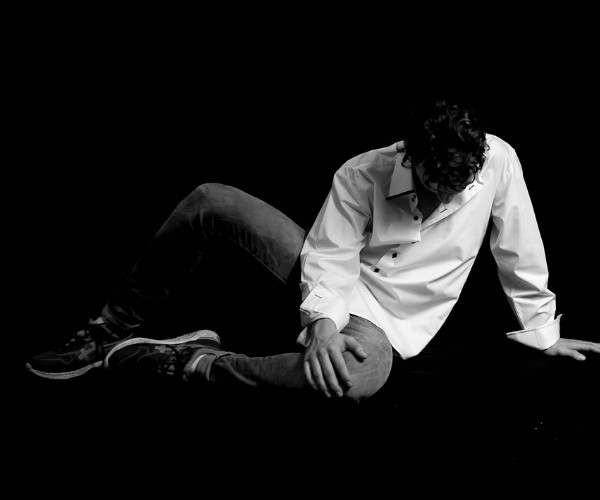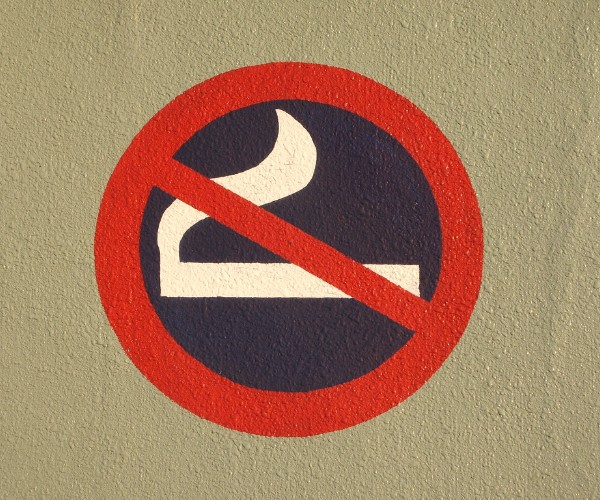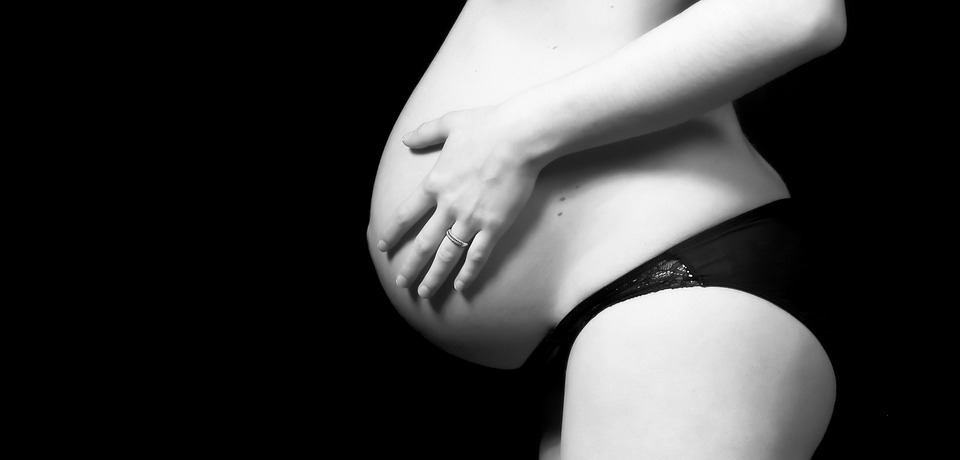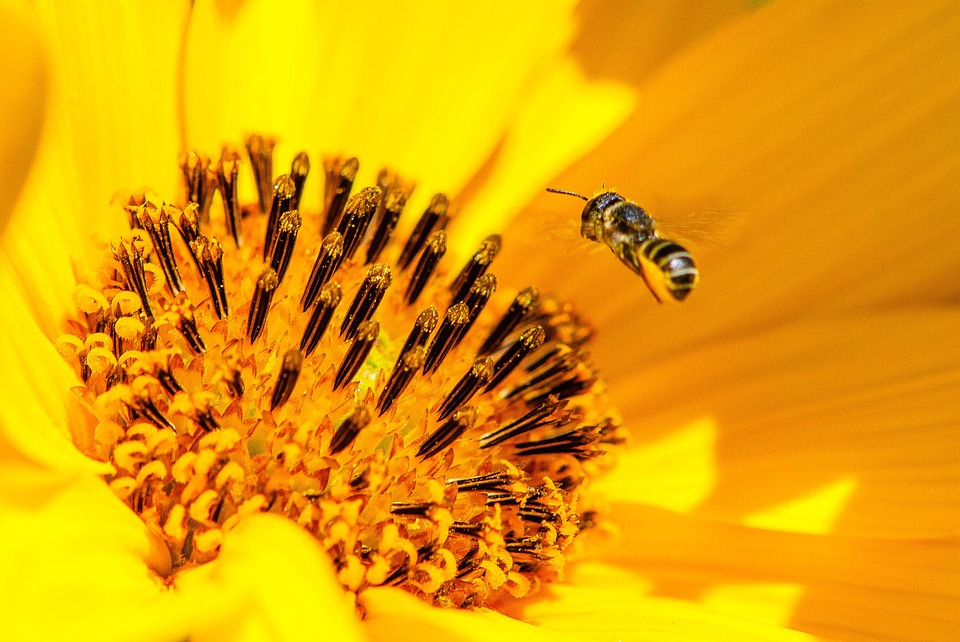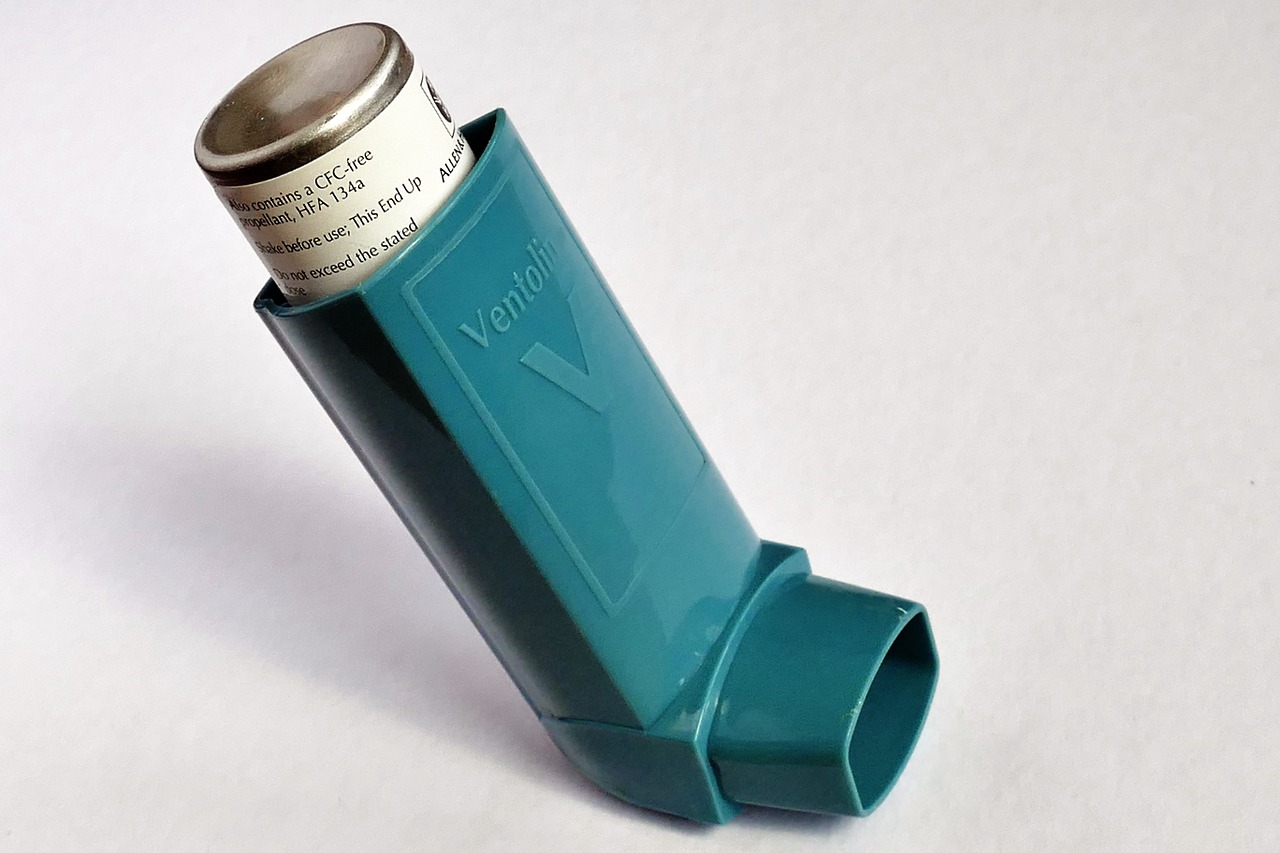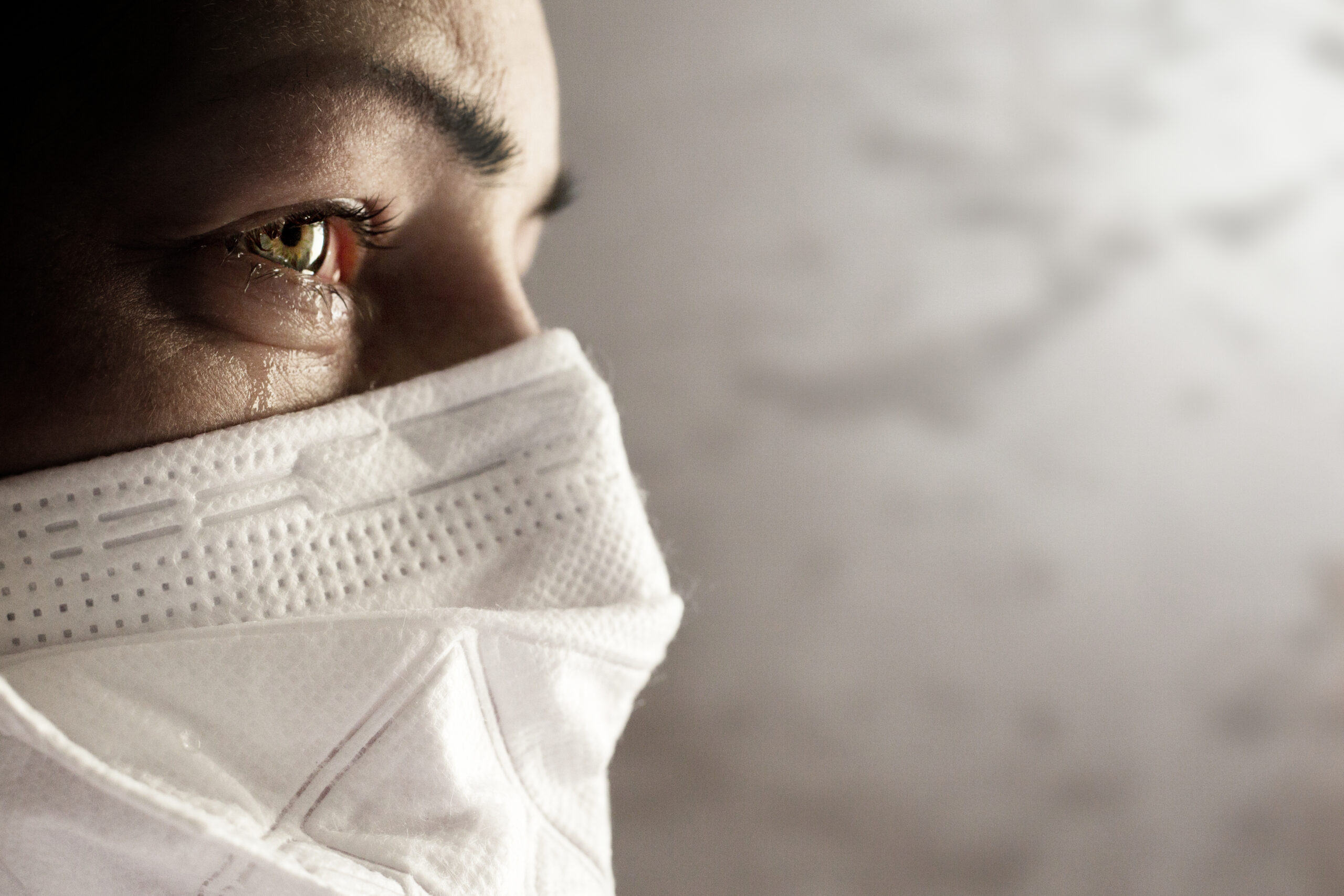In case of bleeding:
- Protect yourself from infection, wear latex gloves and if these are not available use different states of gauze or tissue.
- Cover the wound with a gauze pad or clean cloth and compress with your fingers or the palm of your hand.
- If the bleeding does not stop in 10 minutes, the compression may be too light, so it is necessary to compress for another 10 minutes more intensively. Blood-soaked dressings should not be removed, but more gauze should be overlaid.
- If bleeding continues compress a pressure point with fingers. The latter are located on the inner side of the arm and in the groin.
- When the bleeding has stopped apply a bandage to the wound. Wrap the bandage over the dressing and do not apply a bandage so compressive that it blocks circulation
- Treat shock by raising the legs 20-25 cm and cover the victim so as to keep him or her warm.
- When it is impossible to apply direct compression use a doughnut-shaped pad.
- Treat the wound and seek assistance if unable to stop the bleeding.
If internal bleeding is suspected, ABCHs should be checked. Keep the victim lying on the left side to prevent vomiting and do not give the victim anything to eat or drink.
If the victim does not vomit, lift the legs and cover the victim with a coat or blanket. It is necessary to call for an ambulance.
Source: Mediserve‘s Pocket Guide to First Aid.





